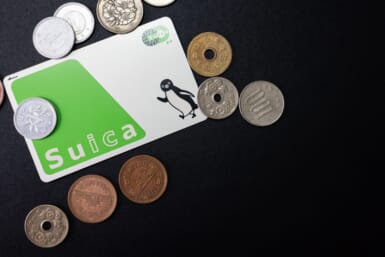Taste Class: Come to Order!
It is indeed a pleasure to see all of you. Let us see now, how many are we? Well, well, one more than the minimum. That is very gratifying, very gratifying indeed.
Our lecture today will be on the subject of “How To Taste Wine.” For that purpose I have brought a bottle of Corton Grancey, 1978, made by that excellent Burgundian producer, Louis Latour, to illustrate it. Confucious has been quoted as saying a picture is worth a thousand words. If a picture is worth so many, how many would a demonstration be worth? Many thousand, I suppose, heh, heh.
Please notice that the bottle is already opened. I had opened it before bringing it to the glass to give it sufficient breathing time. For a bottle needs air as much as a newborn baby, heh, hem. Ahem. I tasted some of the wine before coming to class to estimate how much breathing time it would take. I believe it is just about ready. Let us see. Yes, the bouquet is beginning to come to life. Another few minutes, and it will be ready. Well, I cannot throw this glass away; I suppose I must drink it.
When I refer to tasting wine, I do not mean just the flavor that caresses the palate, but the entire gamut of tasting, which involves the appreciation of the beauty of the robe, the thickness of its legs—I should prefer to say “the shapeliness of legs,” but they are thick, heh, heh—the magnificence of its bouquet and the taste and touch sensations on the tongue, the palate, along the sides of the mouth and down the throat and esophagus until it finds its final resting place in the stomach.
To appreciate the robe, one should look at it against a white background. For that reason I recommend that you always carry a white handkerchief with you. Then, if you dine where the tablecloth is some off-color—meaning off-white, of course—you whip out your handkerchief like this, place it over your left arm, if right-handed—if left-handed, you would lay it over your right arm—and, let me pour another glass of wine to illustrate the glorious beauty and depth of the color.
Ah, it is indeed a deep red, signifying an excellent year. Well, I guess I have to drink this. Oh, I must check the bouquet again—I’ll have to pour another glass—yes, it has indeed blossomed forth.
After you have thrilled at its color—let me show you with another glass—you should roll the wine around the sides slowly. Now you can see the oily legs meander their way back to mother wine. I’ll do that again. Please note carefully.
Now I shall demonstrate how to appreciate the bouquet, which is in full flower, but for that I need to pour another glass. This time you should whirl the wine rapidly around to break the surface tension and then sniff it. Oh, there’s that familiar cinnamon scent of the Pinot Noir. It expands through my nostrils, giving me a rousing olfactory thrill. Perhaps you should like to see me do it again? Wait till I fill my glass to — please take note— the halfway mark. Swirling wine is an easy trick to master.
There, you see how I do it? Oh, dear me, I spilled some. That is what you should not do. You stain tablecloths and rich Persian rugs and get your hostess upset with you, heh, heh. H-mm. Well, let me get rid of this glass and go on with the lecture.
On the tongue there are four taste areas: the front reacts to sugar, the sides to acidity, the top to salt and the back to bitterness. Now I shall pour just a little more wine and show you how to taste.
Well, well, this is a surprise. It does seem as though more students have joined the class. Yes, you there with your hands raised. Do you have a question? Will one of you please speak? What, there is only one of you and no students have joined us? H—mm, very strange.
We will now proceed to a tasting demonstration. I will first roll the wine to the front of my mouth to test for residual sugar. I will then run it along the sides to check for acidity and see whether it balances the sugar. After that I will swallow about half. As it slides down my throat, I will watch for any bitterness. If there is any, the wine has not been well cared for.
I will then inhale some air to bring the olfactory sense into the picture and let the remainder of the wine rest on my tongue to feel the body, a tactile sensation. Please watch closely. Ah, that was a great wine. Let me show you the steps again, so that you will not forget them.
Dear me! I dropped the glass, and there is still some wine in the bottle. I shall have to show you, then, how not to drink wine. You should not raise the bottle to your lips and pour the wine into your mouth, like this.
That’s the end of the bottle and very timely, too. For the lecture is ended. Let me let you all in on a little secret. The head of the department frowns on my bringing bottles to my classes, but I defy him. They are necessary for illustrative purposes. Dear me, did I stumble against the podium? I do believe I am becoming a little dizzy. It must be the heat. Thank you all for attending the lecture.
Yes, what can I do for you, miss, and for you, sir? Oh, you want to help me off the podium and down the stairs of the lecture platform? That is very nice of you, very nice indeed, for those stairs do look rather forbidding.








_KRAACH-クリスタルバスソルト-385x257.jpg)